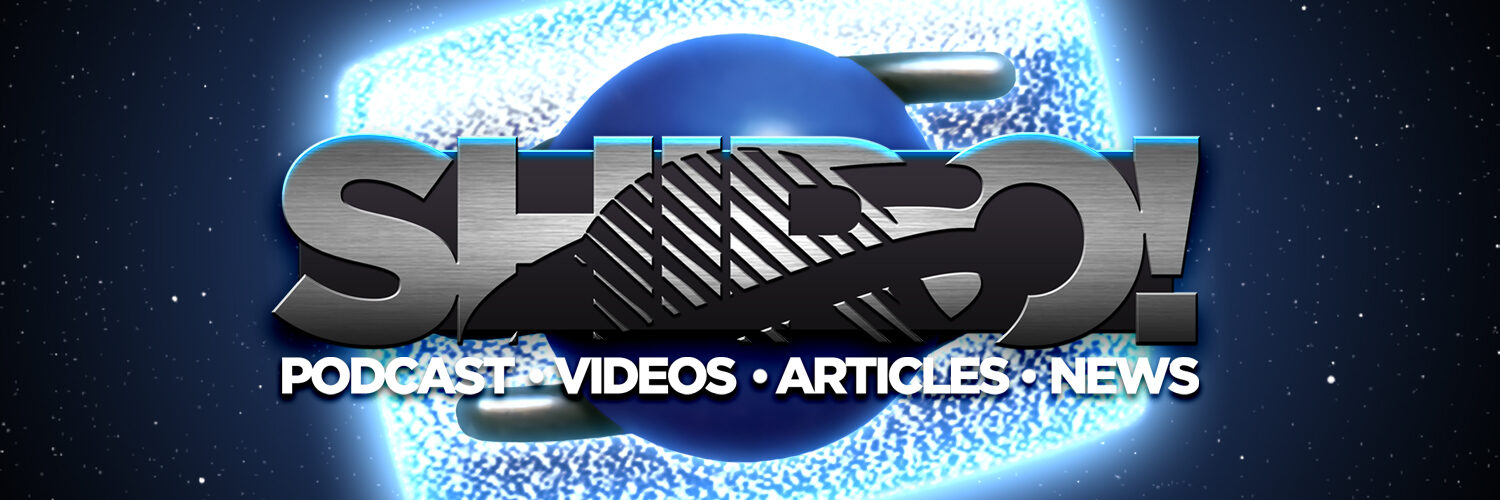A new homebrew software is demonstrating what can be done with the Saturn’s sound processor, giving users control over its capabilities with a simple text-based interface running on the console.
It’s called Calypso, and its developer, Neosquid, posted about the utility Aug. 6 on SegaXtreme. It can be downloaded from its Github page, which shows an initial code commit on July 14, indicating that the tool has been worked on for at least a month or so.
Calypso appears to be the first software that gives users full control over creating music and sound effects with the Saturn Custom Sound Processor, or SCSP.
“Since I couldn’t find any tools that gave me full access to the SCSP’s unique feature set, I decided to try writing one myself,” Neosquid wrote in the SegaXtreme post. “The result of this effort (and my first serious Sega Saturn project) is Calypso: an interactive sound design program that lets you create and play your own custom instruments on the Saturn from a variety of parameters and samples.”
Neosquid posted a short video demonstrating Calypso on X, formerly Twitter.
Calypso runs both on real hardware and emulators, although its readme file says that Mednafen is preferred over other emulators for its “strong audio emulation.”
The readme file also says that Calypso is built off of Ponut64’s PonéSound sound control library, which has been used in several homebrew Saturn games.
“I’d also like to extend a massive thanks to Ponut for developing the ponèSound driver, which is more or less the reason this exists at all,” Neosquid said on SegaXtreme.
While Calypso supports a standard controller, its readme says that keyboards are preferred because they allow users to play multiple notes at multiple pitches without the need to manually change the pitch of each individual channel.
Audio sequences can even be saved by pressing the L or R button on a controller or the Q or E keys on a keyboard.
“Saving creates a snapshot of the program’s current state, storing the data for every Multi-Sample, Sample, Instrument, Macro and Channel; the next time you run Calypso, this data will be loaded in automatically,” the readme file says. “Do note that save files do not store the actual PCM data used by the Samples, only their associated settings.”

The SCSP, also known as the Yamaha YMF292, has 32 audio generators that can perform FM synthesis or play PCM audio samples. It works in concert with a digital signal processor that can apply effects like echo, reverb and chorus. They’re controlled by a Motorola 68EC000 and have 512 kb of RAM available just for audio drivers and data.
Two retail games provided functionality similar to but much more basic than Calypso: Saturn Music School, which came with a dongle for connecting a MIDI piano keyboard to the Saturn that was required to play, and its sequel Saturn Music School 2. Released in August 1997 and July 1998 in Japan only, they allow users to compose their own simple songs as well as play along with a selection of included pieces.


Leave a comment